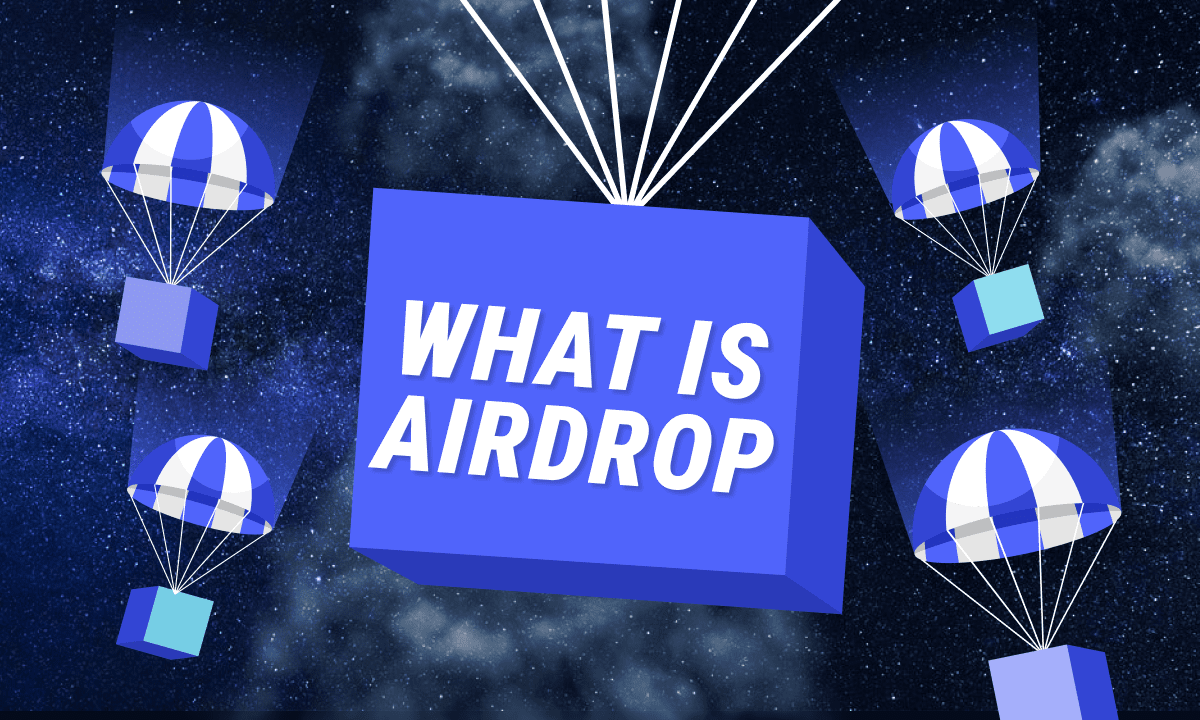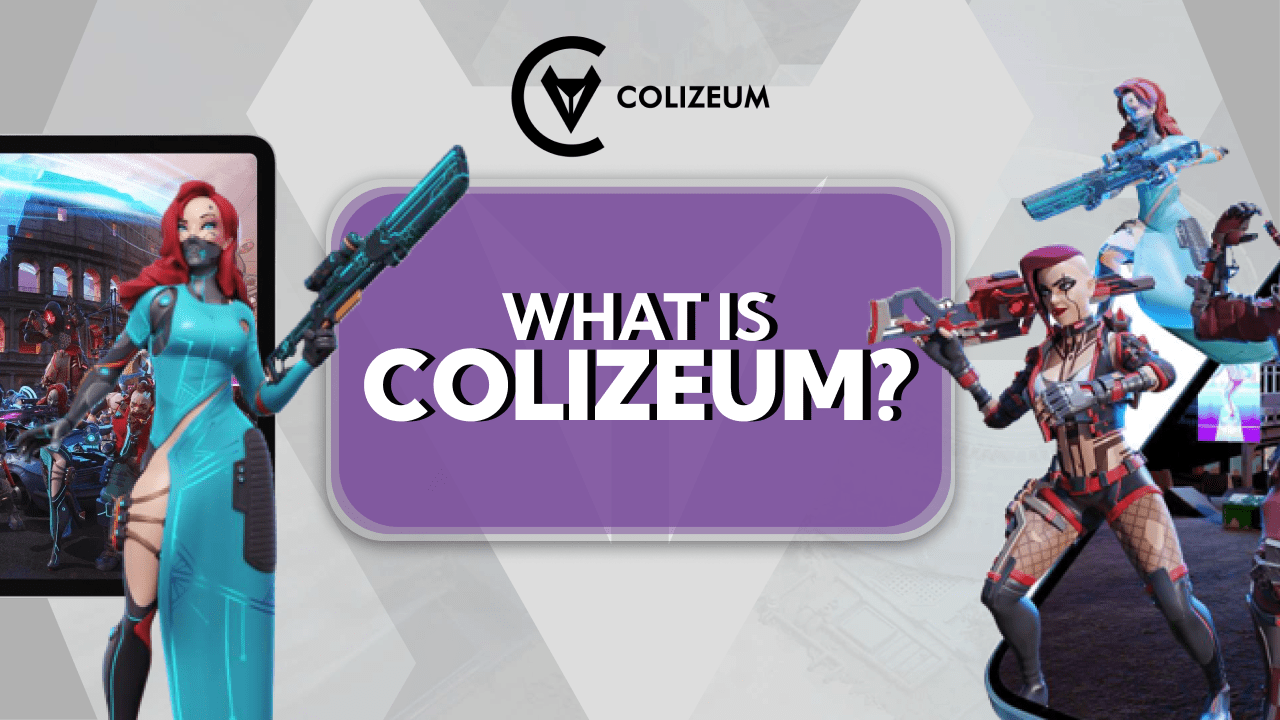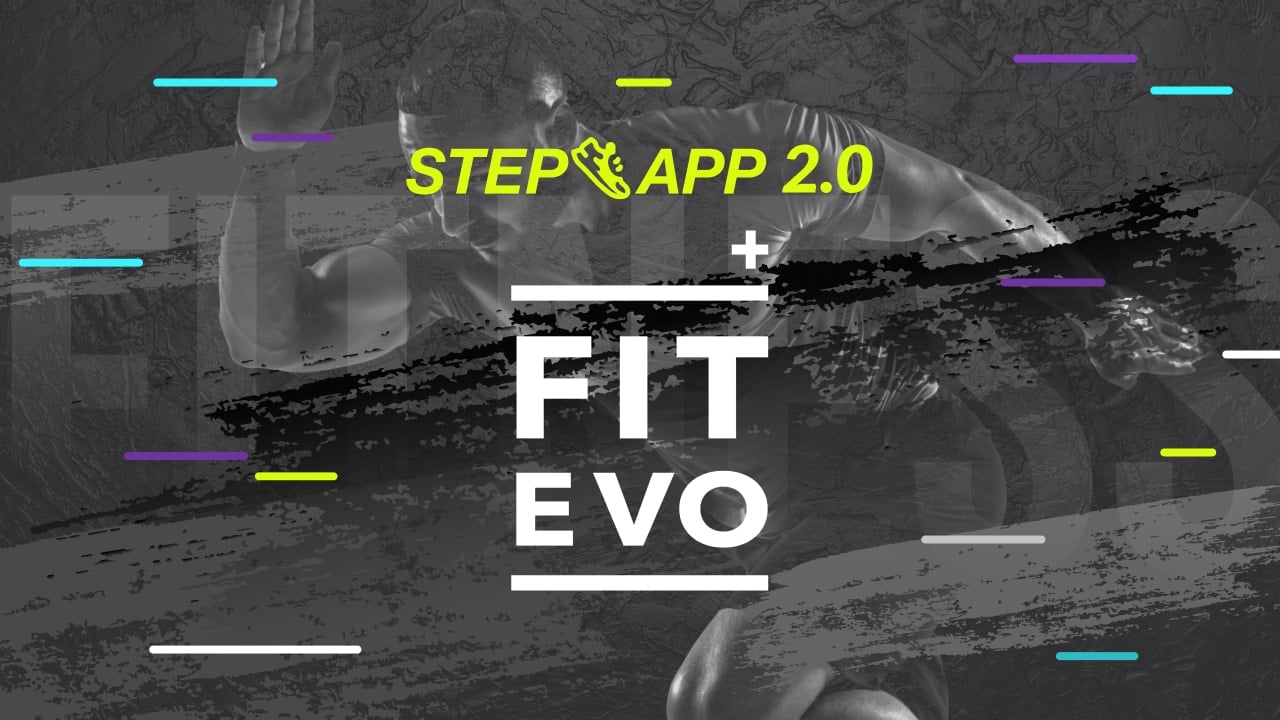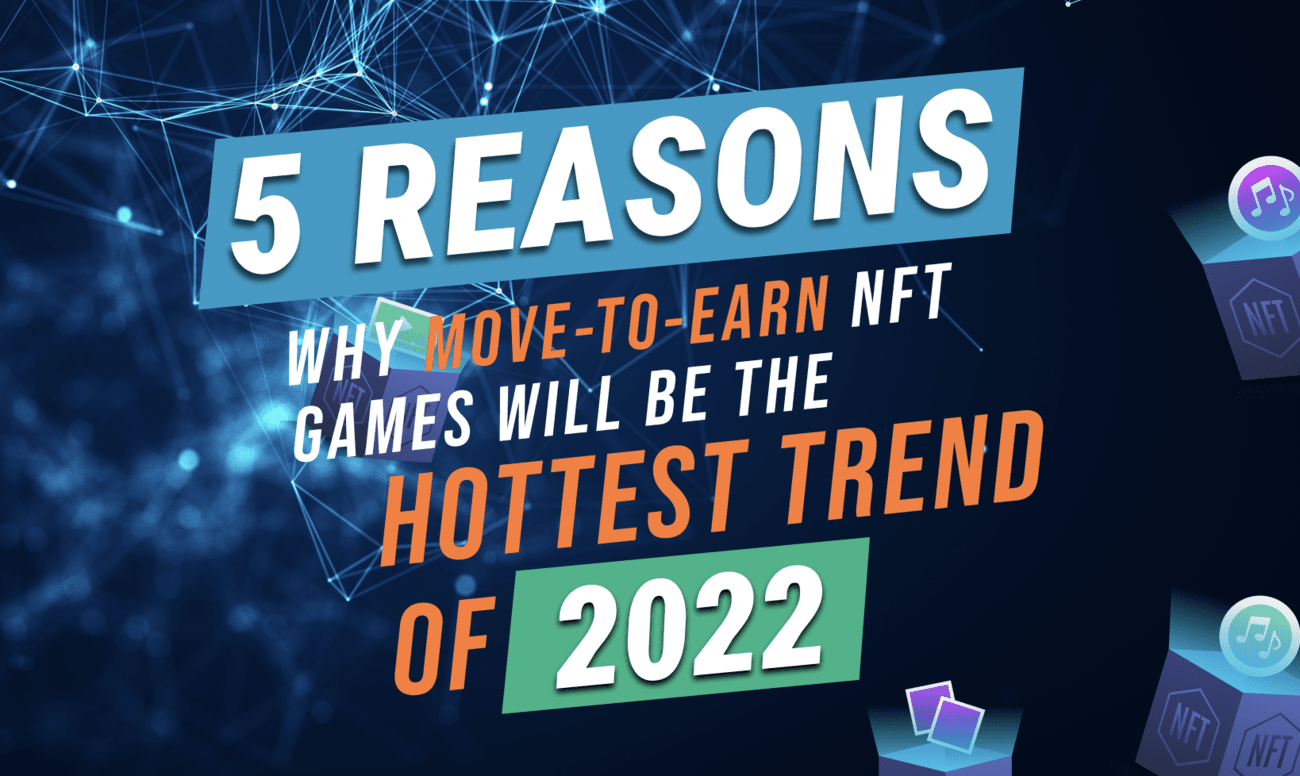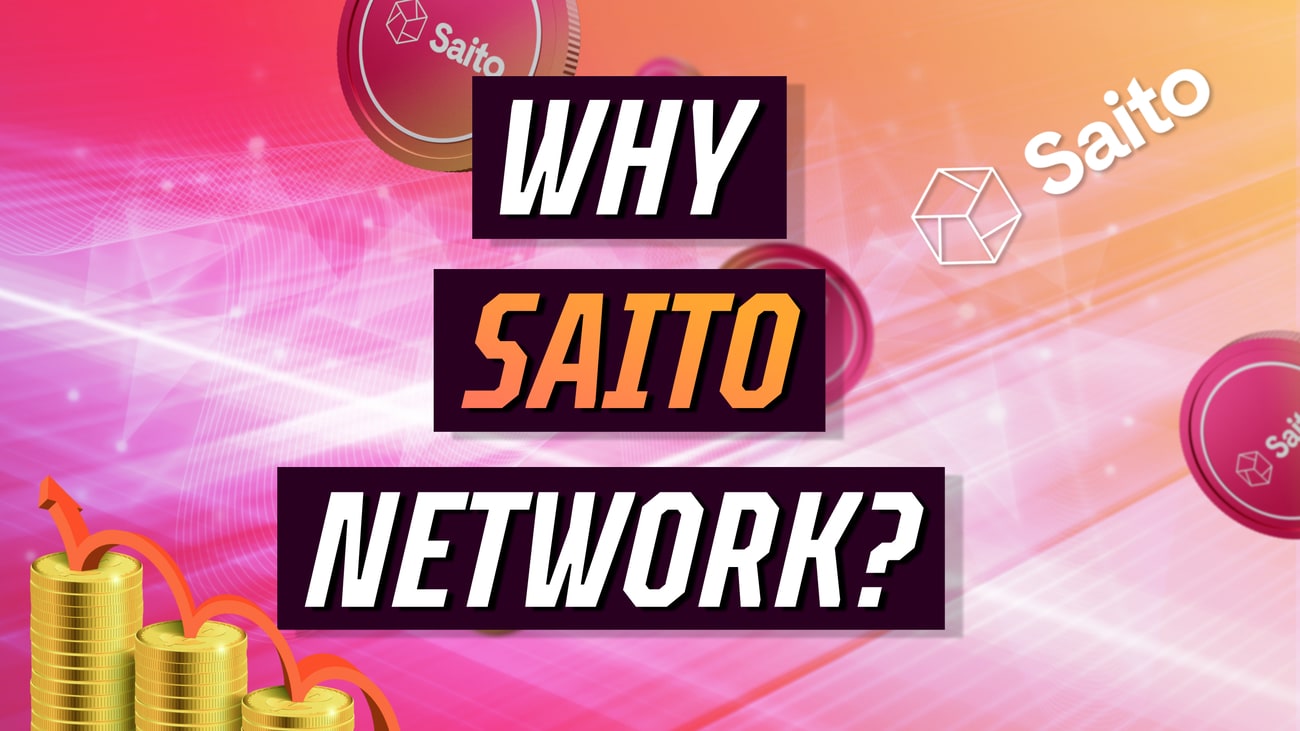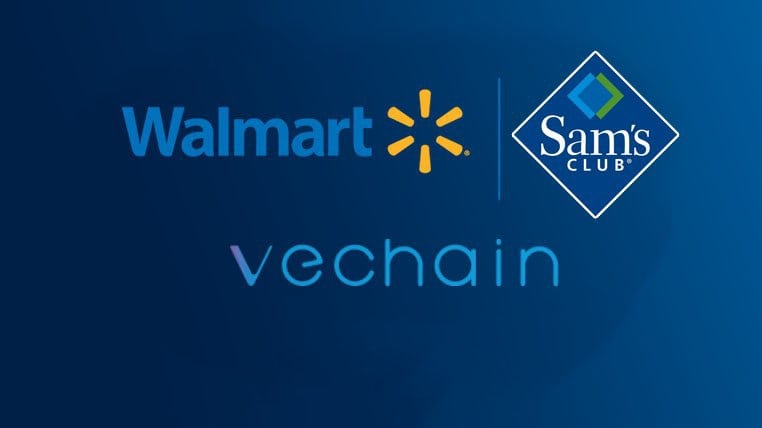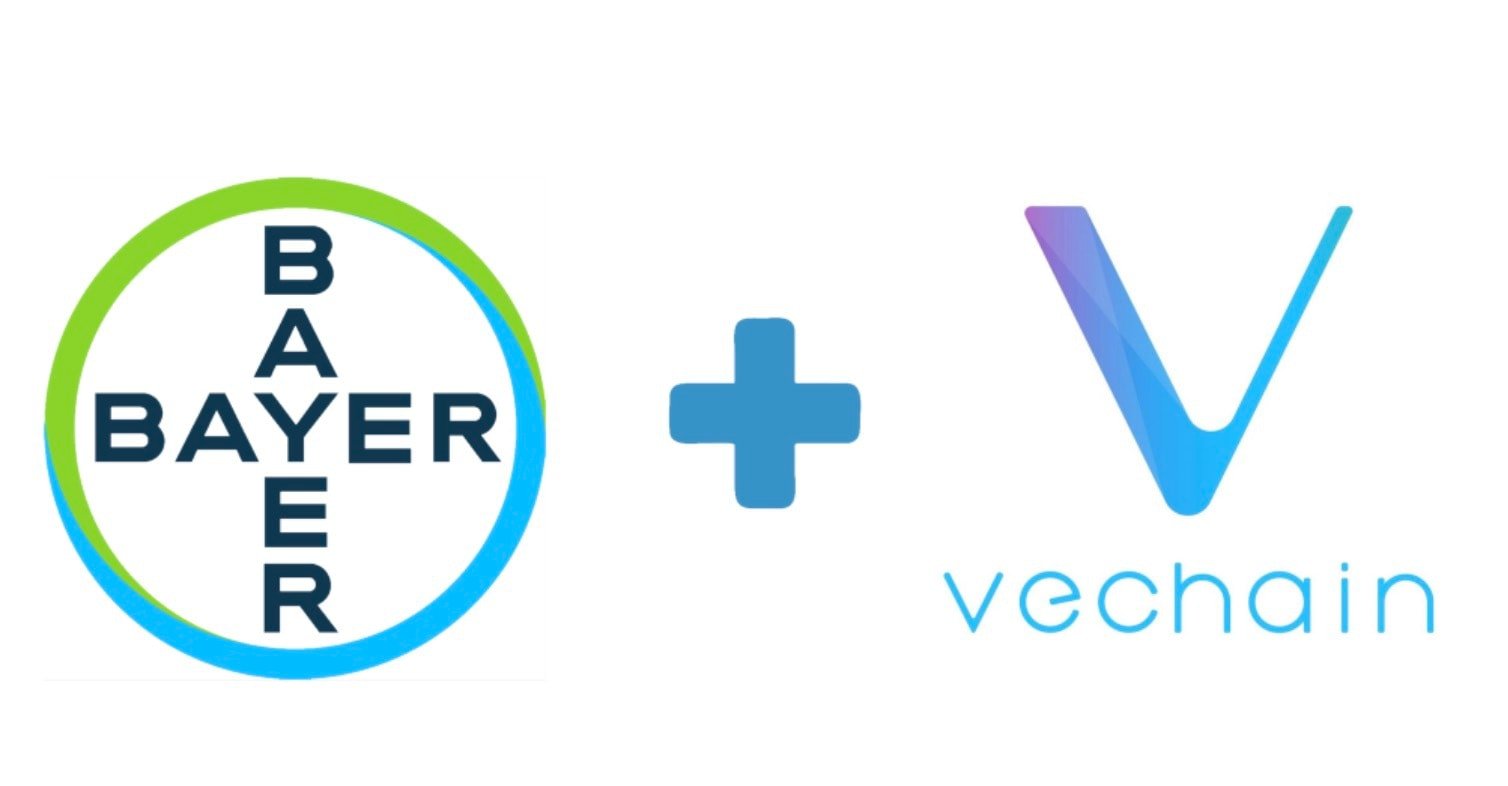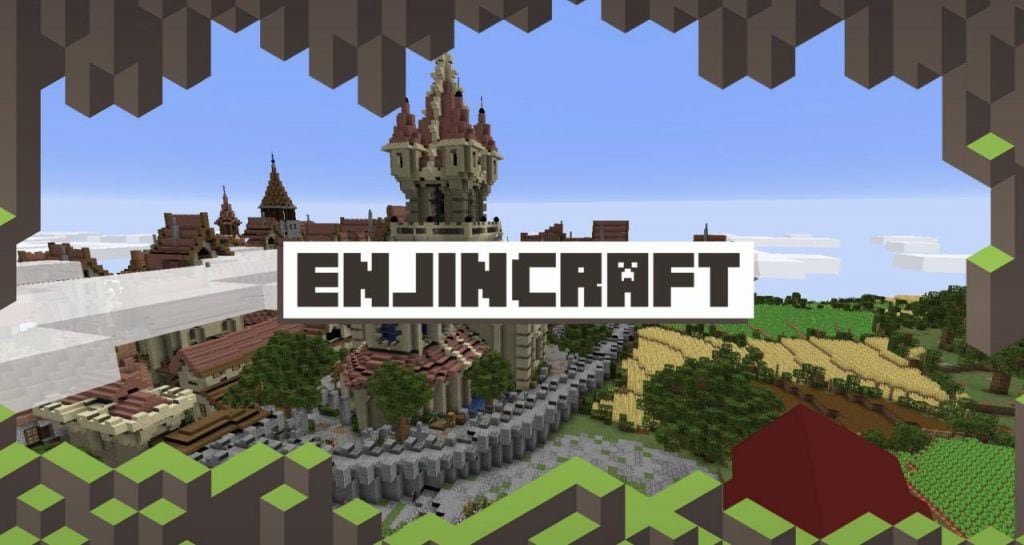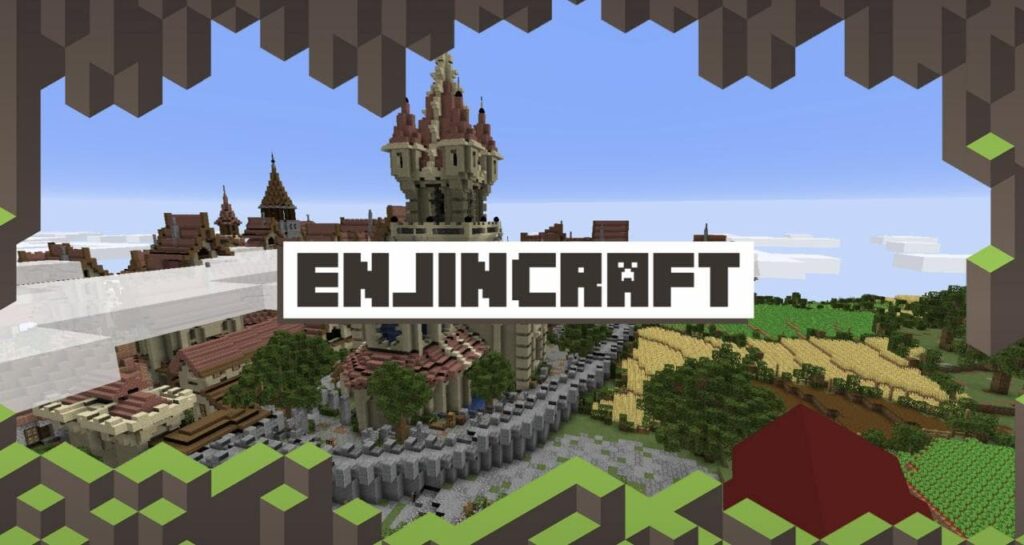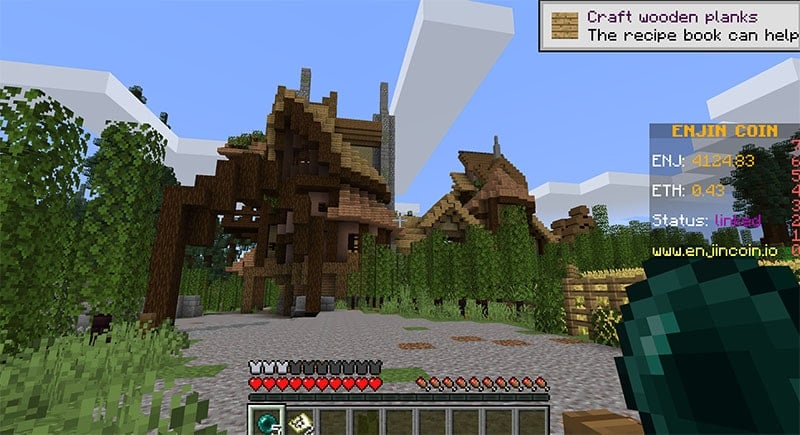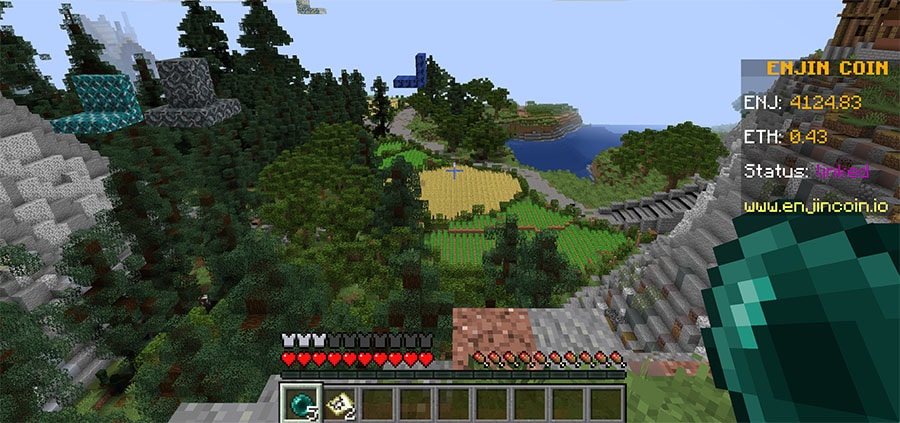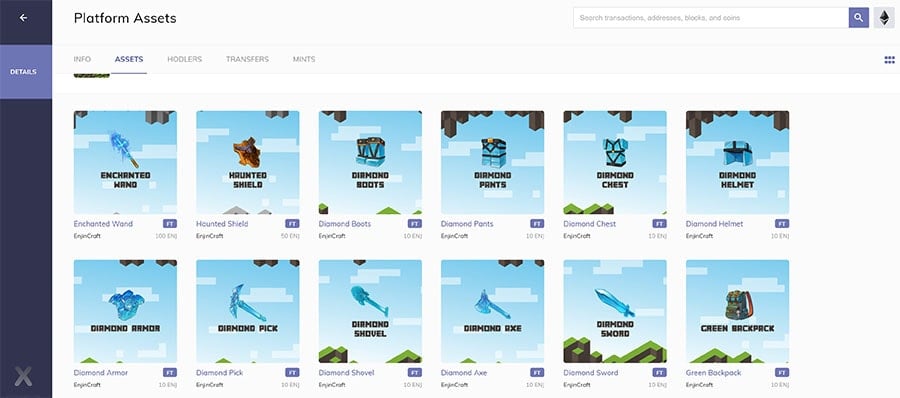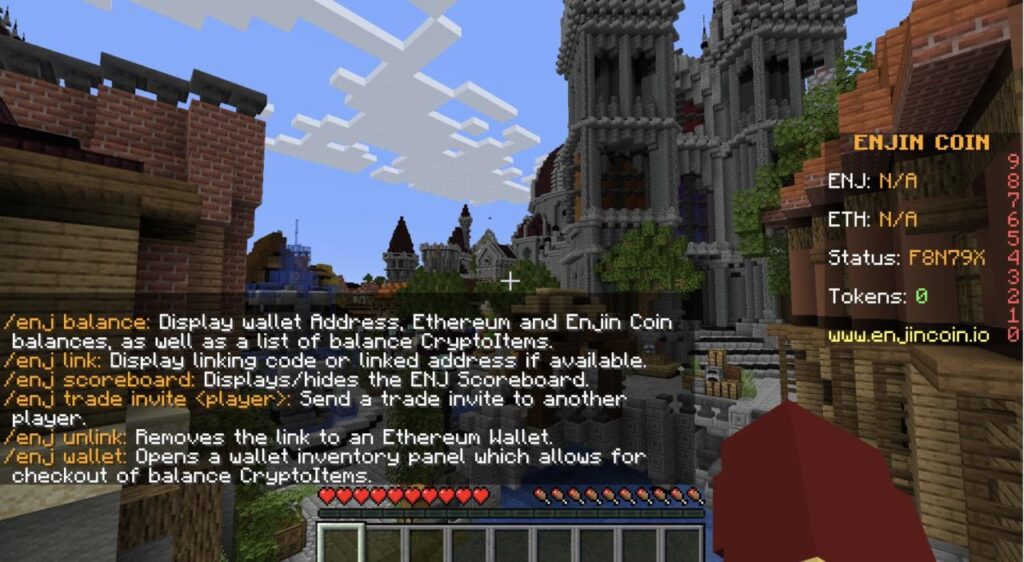Whether a blockchain project lives or dies depends on its capability to attract and grow its user base, and projects that are unable to gather or maintain their clientele eventually fold. To kickstart or encourage engagement within the community, these projects often find themselves doing token airdrops, using them to raise awareness and value for their products while also incentivizing new and existing customers.
Table of contents
What is a crypto airdrop?
A crypto airdrop is a method used to distribute cryptocurrencies to a project’s community of users for free, usually in exchange for participating in a campaign or owning other related assets. Airdrops are typically used as a marketing and awareness strategy to draw attention to a product or event. These projects may share tokens to existing users’ crypto wallets or encourage prospective users to register accounts to receive assets.
Types of Airdrops
Over the years, the airdrop marketing strategy has taken many different forms. Several projects have used airdrops to create awareness, promote features, and attract users. For instance, gaming metaverse ArcadeLand launched an airdrop in March where 850 participants shared a 2,000 USDT prize pool. Eligibility required simple tasks, including social media activity such as following ArcadeLand’s Twitter and participating in the project’s announcement channel on Telegram.
There also was a MetaGods airdrop in November for 800 winners, including bonuses for the top 50 referrers. Participants also qualified for a $2,000 prize pool by completing tasks on Twitter and Telegram.
The Sukhavati Network also launched an airdrop of 10,000 $SKT worth 6000 USDT to celebrate achievements, including an official startup sale on Gate.io and a MEXC listing. The prize pool was for a total of 1050 winners, with 1000 $SKT reserved for the top 50 referrers. Although projects use different types of airdrops depending on their aim for each one, the most common types include:
Standard Airdrops
During a standard airdrop, wallet holders receive small amounts of the new cryptocurrency in return for completing tasks, such as signing up for a newsletter or creating an account with the crypto project. Some projects require participants to complete a KYC (Know Your Customer) verification or provide their email and wallet addresses before receiving the tokens.
Standard airdrops often serve as a good preface for projects to introduce themselves to the public. New projects, such as this recent airdrop hosted by Questian, attempts to pull in more attention by asking their community to complete tasks for USDT.
Bounty Airdrops
Projects that use bounty airdrops distribute their tokens among users who help to create awareness – usually across social media platforms. To be eligible for these airdrops, participants must perform simple tasks such as retweeting an official tweet, sharing a Facebook post, or creating Instagram media. Participants may also earn by referring new users. Although this type is similar to standard airdrops, the main difference is that crypto projects usually reserve bounty airdrops for people who help create public awareness. Standard airdrops are simply open to anyone who joins the project’s community via accounts, newsletters, or other similar channels.
Exclusive Airdrops
Blockchain projects usually reserve exclusive airdrops for loyal followers. In many cases, these airdrops automatically go to early adopters or users who are frequently active on the platform. Eligible members of the community receive these exclusive airdrops with no strings attached.
Examples include a recent sudden airdrop hosted by MetaGods, which asks their community to simply drop their wallet address for an exclusive prize. The method was also utilized by AkiralGal, whose tweet asked their followers to screenshot their brand new AkiraGal wallpaper for more rewards.
Holder Airdrops
These are airdrops for users who already hold specific cryptocurrencies or tokens. So, to be eligible for these holder airdrops, users need to be holding a specified type and/or amount of a particular token by a specified date. For instance, a new Ethereum-based project may offer free tokens to the Ethereum blockchain community, or a new exchange may offer its tokens to holders who own the native cryptocurrency of a competing exchange.
Hard Fork Airdrops
This type of airdrop occurs when a permanent blockchain split creates the need for a new token to go with the new chain. While the previous blockchain still exists along with old tokens, users may receive tokens from the new blockchain via an airdrop. However, this does not happen with every fork, only with hard forks. A hard fork occurs when the community cannot decide how to move forward, and a new chain must be created via a split.
Growth and Popularity of Airdrops
Since the inception of cryptocurrencies, people have used digital assets to move finance to decentralized platforms. Several decentralized cryptocurrency projects have also emerged to satisfy the global need for decentralized finance, with many of them using airdrops to attract users. These projects usually airdrop a percentage of their total token supply shortly before or after an official launch. A recent example is the Looks Rare airdrop, distributing 12% of the total $LOOKS token supply to anyone in the OpenSea community that spent more than 3 ETH on the NFT exchange.
Another example of the popularity of airdrops was the recent MetaWars Alliance Gleam Campaign which features an extensive collaboration between multiple projects. Running from April 17 to April 22, the campaign had a prize pool of more than $20,000 open to 100 winners. The MetaWars Alliance Campaign had 9 partners, including Souls of Meta, MetaLand, Battle Saga, The Three Kingdoms (TTK), Bit Hotel, Age of Tanks, Mouse Hunt, MechaChain, and FitEvo. The initiative was yet another prime example of how multiple projects can use airdrops for cross-promotion that can help all involved projects gain much-needed traction. MetaWars successfully achieved this aim as the campaign saw nearly 232,000 different entries.
The Dark Side of Crypto Airdrops: Scams and Controversies
The need for blockchain projects to launch airdrops spurred the creation of several platforms that aggregate airdrops from promising projects. These platforms made airdrops a lot more popular, increasing the number of people who consider the method a channel for passive income and an opportunity to earn new crypto assets.
(Beware of scams! This recent ApeCoin attack stole $1 million through hacked verified accounts)
Unfortunately, the airdrop method has suffered its fair share of scams and controversies. As with anything tagged “free,” illicit players exploit community members’ innocence and use deceptive means to obtain funds from unsuspecting people. In March, a Twitter phishing scam pretending to airdrop ApeCoin tokens successfully stole $1 million from unsuspecting users. The Ape Coin scam promised users a rare NFT airdrop which can only be received after paying an ETH gas fee. The scammers then not only made off with the ETH fee, but because users had to approve and sign the transaction with their cryptocurrency wallets, the scammers were able to take the rare and often valuable NFTs contained in those wallets. Some notable NFTs stolen in this scam included Jay Chou’s Phantabears, Bored Ape Yacht Club, Mutant Ape Yacht Club and Doodles.
There was also a fake Azuki NFT airdrop where self-proclaimed Azuki affiliates hijacked verified user handles, got users to connect their Ethereum wallets, and made away with their highly valuable NFTs.
How to Protect Yourself Against Airdrop Scams
In light of these scams, members of the crypto community should adhere to certain precautions when participating in airdrops. The most important is the DYOR (Do Your Own Research) rule, which requires people to do extensive research on projects advertising airdrops before buying in.
However, scammers are keeping ahead of the game. For example in the ApeCoin airdrop scam, the scammers hacked into and hijacked the Discord servers for Doodle and BAYC, posting the faked website on the server to make it look like a legitimate announcement. The scammers also used faked Twitter accounts (including some from verified Twitter handles) to spread the fake links.
The following are other steps that help avoid airdrop scams:
- Never pay for airdrops;
- Check multiple sources and social media accounts belonging to the project to see if the airdrop is legitimate. For example, if a projects’ Discord server is being compromised they may make an announcement on their official Twitter or Telegram;
- Never participate in an airdrop that requires user private keys or mnemonic phrases;
- Protect personal identity and data as much as possible;
- Avoid KYC airdrops if possible (although not always the case); and
- Most airdrops require an email address. Users should create a new ‘burner’ email address to use only for airdrops.
It might be impossible to create an exhaustive list of steps required to avoid scams because fraudsters get more creative with their illicit activities, but participants should always be on the lookout for airdrops that do not tick security boxes or have little to no information obtainable from research.
Airdrops have many benefits in the blockchain space, such as marketing, building communities, and providing additional value to loyal users of crypto assets. Authentic airdrops help people earn extra income and provide additional utility with little to no effort. However, airdrops may be harmful to people who do inadequate due diligence or personal research. If an airdrop seems too good to be true, there’s a good chance it is.
